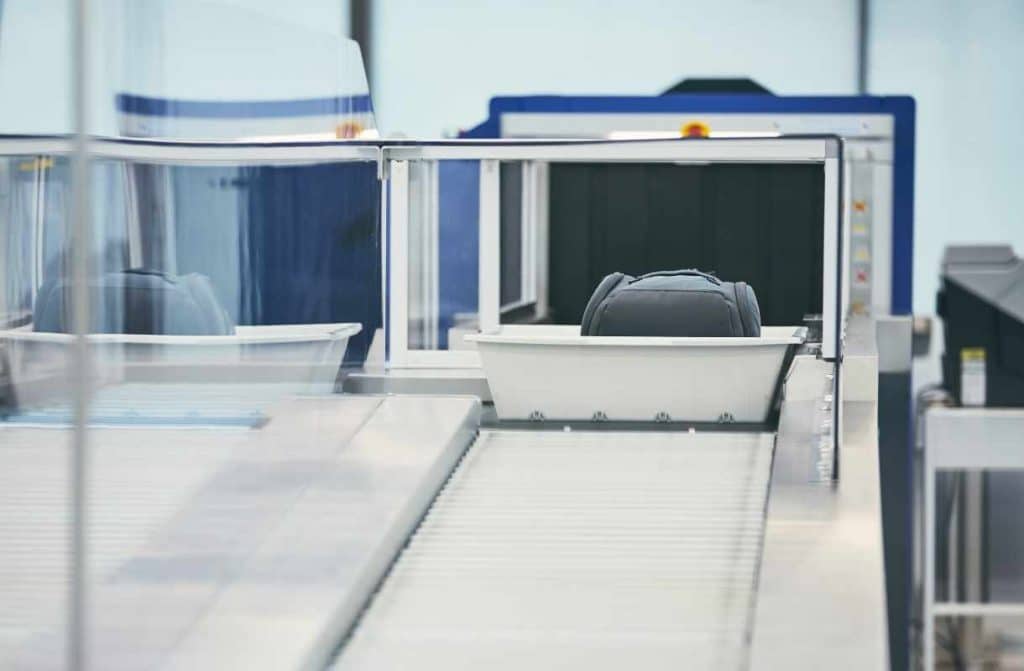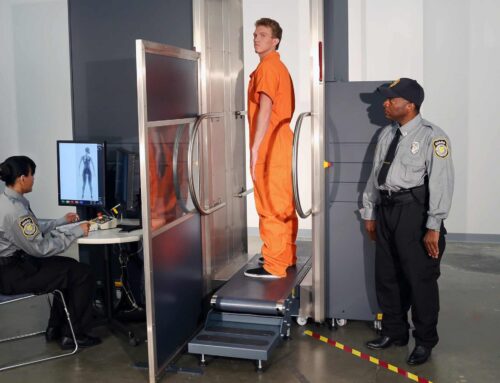In today’s world, the need for weapons detection technology has become increasingly important in high-risk environments such as airports, schools, and government buildings. This technology plays a crucial role in ensuring the safety of individuals by detecting and identifying potential threats. But how does it work, and why is it so important? Let’s take a closer look.
What is weapons detection?
Weapons detection is the process of identifying and locating potential threats such as firearms, explosives, and other dangerous weapons in high-risk environments. This technology uses a variety of methods such as X-ray scanning, metal detection, and thermal imaging to detect and identify potential threats. By detecting these threats, weapons detection technology helps to prevent violent incidents and ensure the safety of individuals in high-risk environments.
Why is weapons detection important in high-risk environments?
Weapons detection is crucial in high-risk environments because it helps to prevent violent incidents and ensure the safety of individuals. In places like airports, government buildings, and schools, where large numbers of people gather, the risk of a violent incident is higher. By using weapons detection technology, potential threats can be identified and neutralized before they can cause harm. This technology also helps to deter individuals from attempting to bring weapons into these environments in the first place. Overall, weapons detection is an important tool for maintaining safety and security in high-risk environments.
How does weapons detection technology work?
Weapons detection technology uses a variety of methods to identify potential threats. Some systems use metal detectors to detect weapons made of metal, while others use X-ray technology to scan for weapons made of other materials. Some systems also use advanced algorithms and artificial intelligence to analyze images and identify potential threats based on their shape and size. In addition, some systems use behavioral analysis to identify individuals who may be exhibiting suspicious behavior. Overall, weapons detection technology is constantly evolving and improving to stay ahead of potential threats.
Types of weapons detection technology
There are several types of weapons detection technology available, each with its own strengths and limitations. Security metal detectors are commonly used in airports and other high-security areas to detect weapons made of metal. X-ray scanners can detect weapons made of other materials, such as plastic or ceramic. Some systems use millimeter wave technology to scan for hidden objects on a person’s body. Others use thermal imaging to detect weapons that may be concealed under clothing. Finally, some systems use artificial intelligence and behavioral analysis to identify potential threats based on a person’s actions and movements.
Benefits of implementing weapons detection technology
Implementing weapons detection technology in high-risk environments can provide numerous benefits. It can help prevent violent incidents and protect individuals from harm. It can also deter individuals from attempting to bring weapons into the area, as they know they will be detected. Additionally, it can provide peace of mind for those in the area, knowing that measures are in place to ensure their safety. Overall, the use of weapons detection technology is an important aspect of maintaining security in high-risk environments.






